
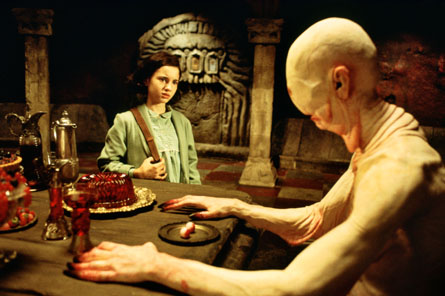
Children of Men ***
Directed by Alfonso Cuaron
Written by Cuaron, Timothy J. Sexton, David Arata, Mark Fergus, and Hawk Ostby with Clive Owen, Julianne Moore, Claire-Hope Ashitey, Michael Caine, Pam Ferris, and Chiwetel Ejiofor
Pan’s Labyrinth ****
Directed and written by Guillermo del Toro
With Sergi Lopez, Maribel Verdu, Ivana Baquero, Ariadna Gil, and Doug Jones
Over the past few years three highly talented and ambitious young Mexican film directors — Alfonso Cuaron, Guillermo del Toro, and Alejandro Gonzalez Inarritu — have made their way into the American mainstream. All three seem to have managed this trick by defining themselves mainly in terms of genre, which isn’t surprising given the industry’s insistence that everything be defined according to pitches and formulas, all in 25 words or less — the consequence of a desire to exhaust existing markets rather than attempt to nurture or create new ones.
Cuaron’s done some children’s fantasy (A Little Princess, Harry Potter and the Prisoner of Azkaban) and literary adaptation (Great Expectations), a sex comedy/road movie/coming-of-age story (Y Tu Mama Tambien), and now an action-adventure/SF/war movie (Children of Men). His most ambitious movies seem to cram together several genres — or at least the suits’ notions of genres. Read more
Here are three of the 40-odd short pieces I wrote for Chris Fujiwara’s excellent, 800-page volume Defining Moments in Movies (London: Cassell, 2007), each of which describes an extraordinary scene from an Alain Resnais film involving camera movement. (There’s also a pretty amazing crane shot in Wild Grass, by the way.) — J.R.
***
1961 / Last Year at Marienbad – The camera rushes repeatedly through the doors of Delphine Seyrig’s bedroom and into her arms.
France/Italy. Director: Alain Resnais. Cast: Delphine Seyrig, Giorgio Albertazzi. Original title:L’année dernière à Marienbad.
Why It’s Key: A climax of erotic reverie in a film of erotic reveries.
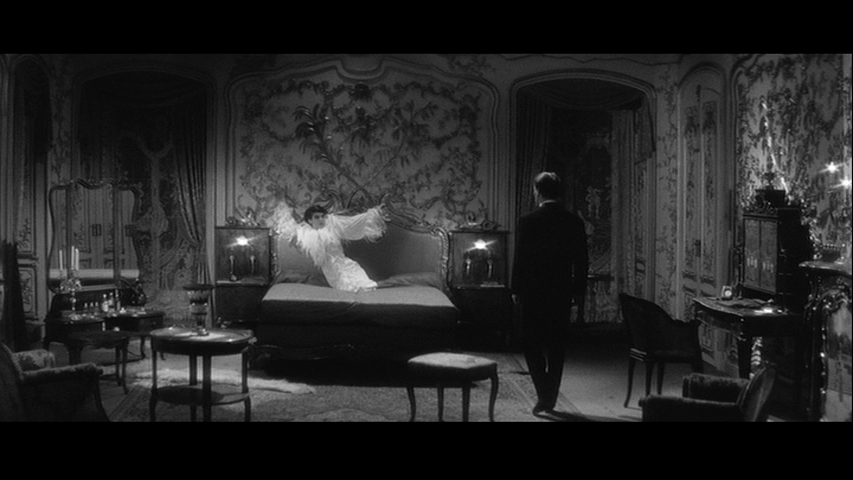
Alain Resnais’ most radical departure from Alain Robbe-Grillet’s published screenplay for Last Year at Marienbad is his elimination of what Robbe-Grillet calls a “rather swift and brutal rape scene”. In this ravishing puzzle film about an unnamed man (Giorgio Albertazzi) in a swank, old-style hotel trying to persuade another guest (Delphine Seyrig), also unnamed, that they met and had sex there the previous year, illustrated throughout by subjective imaginings that might be either his or hers, Resnais includes only the beginning of such a scene when the man enters the woman’s bedroom and she moves back in fear. Read more
This was written in 1982 for The Movie: An Illustrated History of the Movies in the U.K., about a movie released the same year. — J.R.

“Little Orphan Annie,” a right-wing comic strip drawn by Harold Grey, was premiered in the New York Daily News in 1924, eventually reaching millions of people through syndication in over five hundred newspapers. In a 1937 survey this feature with its little red-headed heroine was declared the most popukar comic strip in America.
Given the parallels between the economic climate of the Eighties and the period represented in the strip, there is a temptation to translate the main political message of the film Annie as meaning, “Let ’em eat cake” — the essential thrust, after all, of many a Thirties Depression musical, when opulent splendor was largely what the impecunious audience was paying to see (in the Broadway show, this aspect of Annie was reportedly even broader).

An attempt to liberalize the original strip to fit in with the Eighties seems to be behind a central sequence in the film in which Daddy Warbucks (Albert Finney) takes Annie (Aileen Quinn) and his personal secretary Grace (Ann Reinking) to Washington DC to meet Franklin D. Roosevelt (Edward Herman) and his wife Eleanor (Lois de Banzie); they try (with the help of Annie singing “Tomorrow”) to persuade Warbucks to run one of the “New Deal” youth employment programs. Read more
From the December 4, 2004 Chicago Reader. — J.R.
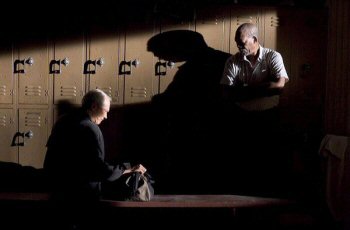
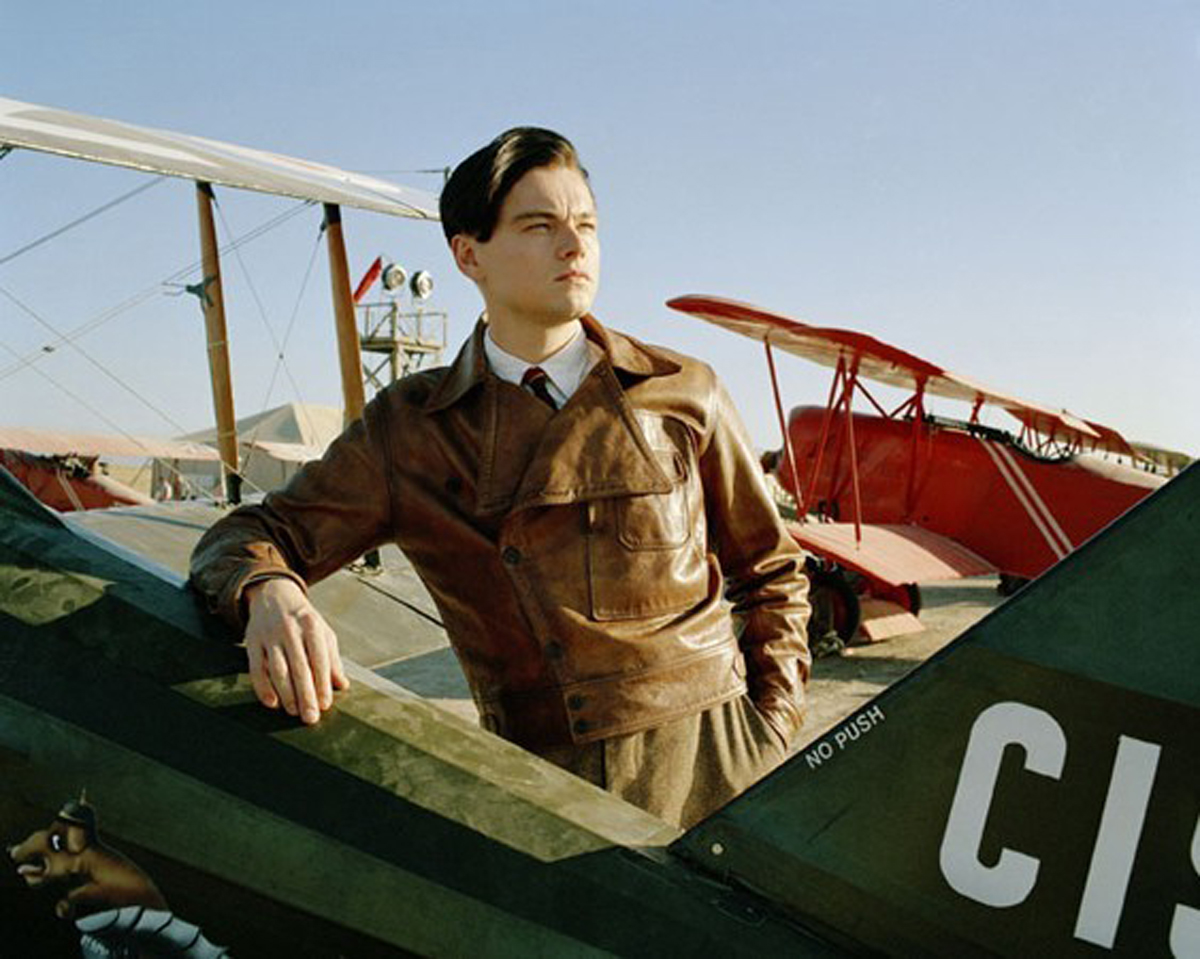
Million Dollar Baby
**** (Masterpiece)
Directed by Clint Eastwood
Written by Paul Haggis
With Eastwood, Morgan Freeman, Hilary Swank, Jay Baruchel, and Mike Colter
The Aviator
*** (A must-see)
Directed by Martin Scorsese
Written by John Logan
With Leonardo DiCaprio, Cate Blanchett, Alec Baldwin, Alan Alda, John C. Reilly, Kate Beckinsale, Adam Scott, and Ian Holm

Despite his grace and precision as a director, Clint Eastwood, like Martin Scorsese, is at the mercy of his scripts. But in Million Dollar Baby he’s got a terrific one, adapted by Paul Haggis from Rope Burns: Stories From the Corner.
This book was the first published work by Jerry Boyd, writing under the pseudonym F.X. Toole, after 40 years of rejection slips. Boyd had been a fight manager and “cut man,” the guy who stops boxers from bleeding so they can stay in the ring, and he was 70 when the book came out; he died two years later, just before completing his first novel. This movie is permeated by those 40 years of rejection, and the wisdom of age is evident in it as well. Henry Bumstead, the brilliant production designer who helped create the minimalist canvas — he was art director on Hitchcock’s Vertigo (1958) and has been working for Eastwood since 1992 — will turn 90 in March, and Eastwood himself will be 75 a couple months later. Read more
This was published as my ninth one-page column in Cahiers du Cinéma España; it ran in their January 2009 issue (No. 19). — J.R.

It’s by no means unusual for a “retired” film scholar such as myself to find more work as a freelancer since my retirement late last February than I did for most of the previous two decades as a staff reviewer for the Chicago Reader. Two of my contemporaries, both former academics and both friends of mine — the slightly younger David Bordwell and the slightly older James Naremore — have told me that they’re busier nowadays than they were when they were teaching. But what seems more surprising, at least to me, is how much of my time recently has been consumed by my participation in panels and symposia, both in print and in person, about the alleged death of film criticism. The October issue of Sight and Sound is full of ruminations on this subject, under such headings as “Who needs critics?” and “critics on critics”; so is the Autumn issue of Cineaste, where the stated topic is “Film Criticism in the Age of the Internet: A Critical Symposium”. A week from now, I will be flying from Chicago to the New York Film Festival to speak on a panel called “Film Criticism in Crisis?” Read more
Written for the New York Times‘ online “Room for Debate: The Polanski Uproar” on September 29, 2009, in response to the following question:
“The recent arrest of Roman Polanski, the film director who fled to France from the United States in 1978 on the eve of sentencing for having unlawful sex with a 13-year-old girl, has caused an international ruckus. The French culture minister, Frédéric Mitterrand, and the French foreign minister, Bernard Kouchner, both issued statements of support for Mr. Polanski. But many others in France have expressed outrage at that support and said he should face justice for the crime.
“While it’s clear that the film industry forgave Mr. Polanski long ago, should society separate the work of artists from the artists themselves, despite evidence of reprehensible or even criminal behavior?”

Jonathan Rosenbaum:
I’m not at all in favor of giving artists free passes when it comes to their personal morality. But in the case of Roman Polanski, anyone who’s bothered to follow the history of his case in any detail is likely to conclude that (a) he’s already paid a great deal for his crime, (b) the interests of journalism and the entertainment industry in this matter usually have a lot more to do with puritanical hysteria and exploitation than any impartial pursuit of justice. Read more
Three brief entries commissioned by Chris Fujiwara and submitted in March 2009 for the updated Italian edition of his stupendous 2007 collection Defining Moments in Movies, entitled Cinema: 1000 Momenti Fondamentali. — J.R.

Key Event
Rossellini goes to India
Roberto Rossellini’s extended trip to India comes at the end of his richest period as a filmmaker in which his various staged encounters between fiction and non-fiction were most adventurous. At the war’s end he was primarily concerned with the human devastation in Italy and Germany, but once he began working with Ingrid Bergman, with whom he was living after their affair busted up both their marriages, domestic issues came to the fore, particularly in such features as Europa 51, Voyage to Italy, and Fear. Other bold forays during this period include a feature about Saint Francis of Assisi, a comic fantasy called The Machine That Killed Bad People (about a still camera that turns its subjects into statues), and a direct-sound recording of a play starring Bergman, made at a time when all films in Italy were dubbed.
When he traveled to India at age 51, Rossellini worked concurrently on his masterpiece India Matri Buhmi (1959), a set of interlocking tales and commentaries which Jean-Luc Godard once called “the creation of the world,” and a ten-part television miniseries that was broadcast in both France and Italy the same year. Read more
My response to a survey in Framework (Volume 50, No. 1 & 2, Spring & Fall 2009). I’ve retained only the first part — the question part — of Jonathan Buchsbaum and Elena Gorfinkel’s Introduction to the survey:
This dossier on cinephilia gathers responses to the following question:
“What is being fought for by today’s cinephilia(s)?
At the end of La Cinéphilie (2003), Antoine de Baecque wrote that classical cinephilia died in 1968, following the failure of cinema to film the political events of that year. Since that time, still according to de Baecque, the terrain of cinephilia changed radically as television and publicity/ advertising ‘invaded the domain of images.’ The proliferation of images has only accelerated with technological change ever since, hurtling through the internet and telecommunications.
Whatever the current status of cinephilia, certainly there are new cinephiles, even if they no longer hone their passion primarily in film theaters. But what is being fought for in this new generation of cinephilia? What causes animate cinephilia today and how are these new modes different from the ‘classical cinephilia’?
If, in particular, the Cahiers du Cinéma critics won their battles for auteurism, now part of most critics’ lingua franca, are there new critical paradigms of emergent polemics to complement, replace, or contest the earlier cinephilia? Read more
This is the 13th one-page column I published in Cahiers du Cinéma España; it ran in their July-August 2009 issue. — J.R.

Writing from Chicago in May, during the Cannes film festival, I’ve been reflecting lately how much this festival remains a spectator sport even for those who don’t attend it. I’ve attended it nine times in all, 1970-1973 and 1994-1998, and my most enduring impression about it is how quickly everything that happens there gets turned into some form of business — a process that is both hilarious and somewhat horrifying.
Two immediate examples come to mind which occurred during my first and most recent visits there. In 1970, I attended the world premiere of Woodstock, only five days after four students were shot and killed by National Guardsmen at Kent State University in Ohio. Michael Wadleigh, the hippie director — a tall, commanding figure dressed in suede — dedicated the film to those four students and to “the many deaths to come” in the ongoing political struggles of the period. When the screening was over, he stood by the exit and calmly handed out black arm bands to anyone who wanted to wear one. I wore one myself for a day or two. Read more

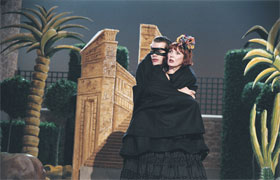


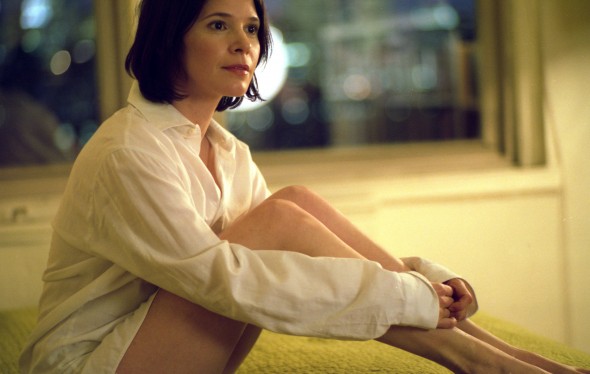
Chicago Reader, 2005:
The World (Jia Zhang-ke)
Not on the Lips (Alain Resnais)
A History of Violence (David Cronenberg)
Ten Skies (James Benning)
Tropical Malady (Apichatpong Weerasethakul)
Howl’s Moving Castle (Hayao Miyazaki) & Charlie and the Chocolate Factory (Tim Burton)
Yes (Sally Potter) & Capote (Bennett Miller)
Michelangelo Eye to Eye (Michelangelo Antonioni) & Saraband (Ingmar Bergman)
Broken Flowers (Jim Jarmusch) & Me and You and Everyone We Know (Miranda July)
The Girl from Monday (Hal Hartley) & 2046 (Wong Kar-wai)
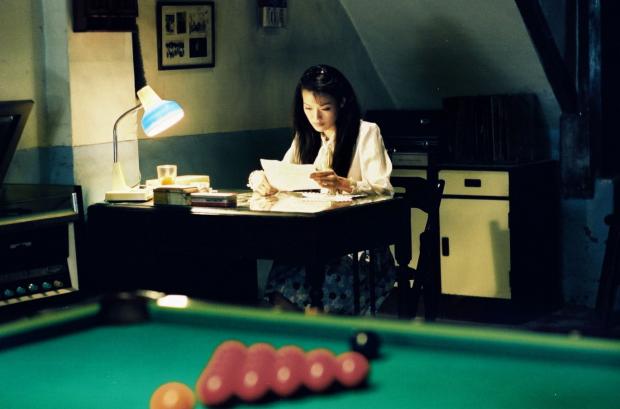
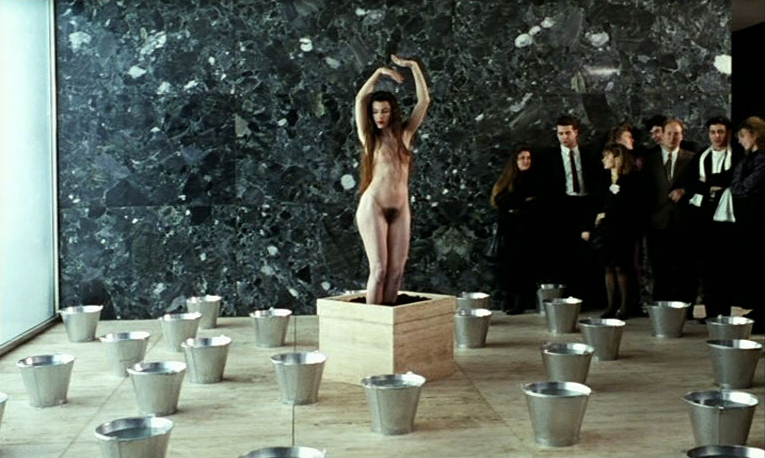
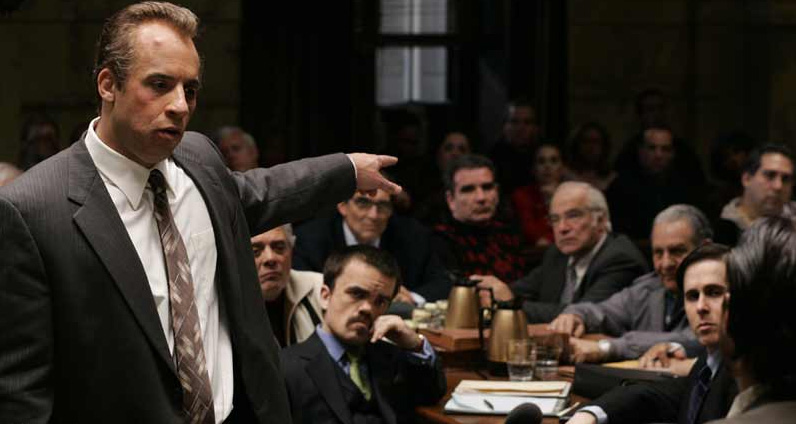
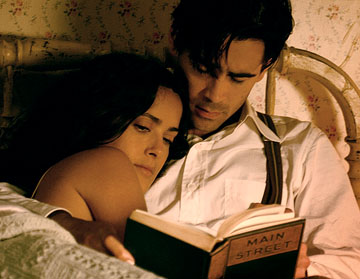
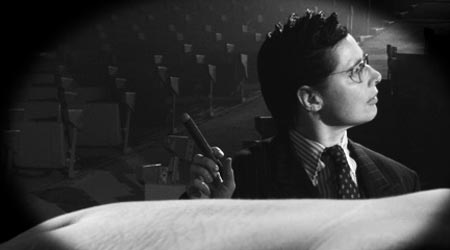
Chicago Reader, 2006:
Cafe Lumiere (Hou Hsiao-hsien) & Three Times (Hou Hsiao-hsien)
Army of Shadows (1969, Jean-Pierre Melville) & Statues Also Die (1953, Resnais/Marker/Cloquet)
The War Tapes (Deborah Scranton) & Iraq in Fragments (James Longley)
Cuadecuc-Vampir (1970, Pere Portabelle) & Warsaw Bridge (1990, Portabella)
Find Me Guilty (Sidney Lumet) & Half Nelson (Ryan Fleck)
Citadel (Atom Egoyan) & The Power of Nightmares (Adam Curtis)
The Three Burials of Melquiades Estrada (Tommy Lee Jones) & The Illusionist (Neil Burger)
Ask the Dust (Robert Towne) & Hollywoodland (Allen Coulter)
Moments Choisis des Histoire(s) du Cinéma (Godard) & My Dad Is 100 Years Old (Maddin)
Fast Food Nation (Richard Linklater) & Bobby (Emilio Estevez)
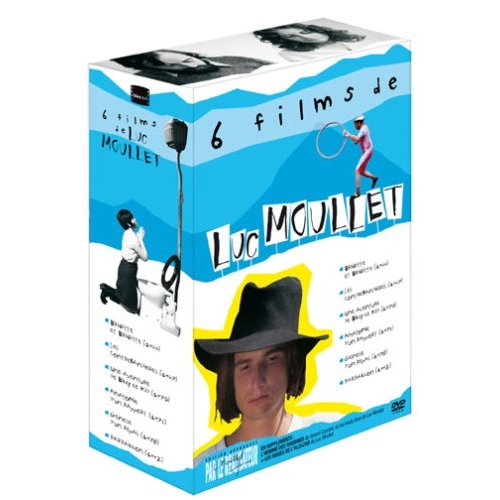
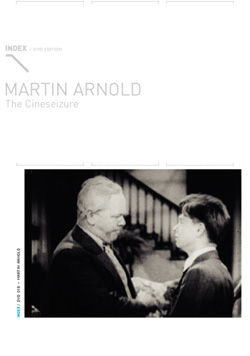

DVD Beaver, 2006:
1. 6 Films de Luc Moullet (Luc Moullet, 2006), Blaq Out; multizone NTSC
2. Read more
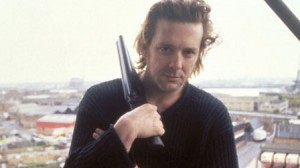
Mickey Rourke is an IRA terrorist tired of killing and looking for a way out of the United Kingdom; Alan Bates is a London mobster doubling as a mortician who offers him an escape route if he bumps off another crook; Bob Hoskins is a priest who witnesses the latter murder. It’s theoretically possible that there was once something more to this than the disjointed thriller now on view: director Mike Hodges and Rourke have both disowned producer Peter Snell’s extensive reediting of Hodges’s cut, which apparently strips down the atmospherics for action, and Bates and Hoskins have gone on record as preferring the original version as well. In the film as it stands, Bates is ghoulishly good, Rourke impossibly angelic, and Hoskins seemingly bemused by his part; neither intimations of The Informer and Odd Man Out nor Bill Conti’s wallpaper score can redeem the awkward cross-purposes. With a screenplay by Edmond Ward and Martin Lynch. (JR) Read more
From Sight and Sound (Spring 1990). — J.R.

Despite worries that the passionate eclecticism of the late Hubert Bals in steering the Rotterdam Festival would be a hard act to follow, Marco Müller, in his first year as director, maintained the festival’s maverick spirit and cozy intensity while adding his own personal stamp. Increasing the usual number of films by 50 per cent may have taxed his staff, but publishing excellent bilingual monographs (on Ritwik Ghatak, David Cronenberg and Gennadi Sjpalikov) gave the audience a good head start.
Best of all, Müller continued the Rotterdam tradition of offering a slew of uncommon pleasures unavailable elsewhere. Where else could one find André Labarthe’s TV interview-portraits of directors, the multiple versions of Straub and Huillet’s The Death of Empedocles and Black Sin (as well as the premiere of their intriguing 51-minute Cézanne), Nanni Moretti’s daffy and lively Palombella Rosa, and perhaps the best films to date of Eduardo de Gregorio, Wayne Wang and Otar Iosseliani?
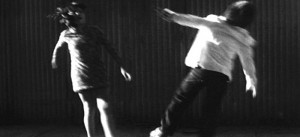

The work by American independents was especially strong and varied. Leslie Thornton’s freakishly disturbing and still-in-progress Peggy and Fred in Hell, split between film and video, plants two odd children in an apocalyptic black and white universe of found objects, found footage and lost meanings, perpetually reinventing culture as it slips from their (and our) grasp. Read more
From the February 24, 2006 Chicago Reader. — J.R.

Late Chrysanthemums
**** (Masterpiece)
Directed by Mikio Naruse
Written by Sumie Tanaka and Toshiro Ide
With Haruko Sugimura, Sadako Sawamura, Chikako Hosokawa, Yuko Mochizuki, Ken Uehara, Hiroshi Koizumi, and Ineko Arima
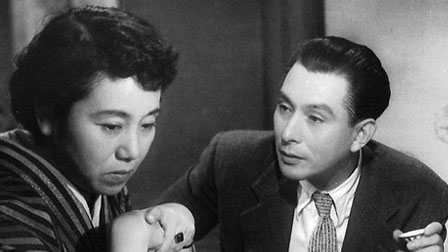
Depressing movies with unhappy endings are often seen as offering a bracing contrast to the standard Hollywood fare. This may help explain the appeal of Brokeback Mountain, whose drafts of misery are seen by some people as daringly honest and authentic.
I wonder. Some lives are full of misery, but this doesn’t mean movies that reflect them are automatically more truthful. If the shepherds played by Heath Ledger and Jake Gyllenhaal had sustained a happy, loving relationship over several decades in spite of everything, Brokeback Mountain might have been truly daring — and it wouldn’t have been less believable. The impulse to privilege the dark is hardly new; in prerevolutionary Russian cinema, tragic plots ending in suicide were so common and popular that some Hollywood imports with happier endings were revised to make them more “commercial.” I would argue that a certain complacency surrounds some of these doom-ridden scenarios, especially ones that suggest social change is impossible — a vested interest in the status quo, even conservatism, seems to lurk behind the apparent apoliticism. Read more
From the Chicago Reader (January 26, 2001). — J.R.
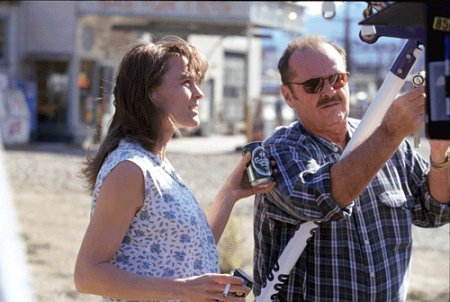
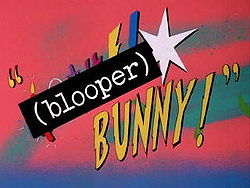

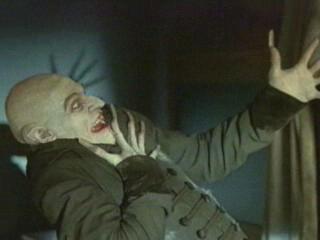
The Pledge
***
Directed by Sean Penn
Written by Jerzy Kromolowski and Mary Olson-Kromolowski
With Jack Nicholson, Patricia Clarkson, Benicio Del Toro, Dale Dickey, Aaron Eckhart, Helen Mirren, Tom Noonan, Robin Wright Penn, Vanessa Redgrave, Mickey Rourke, and Sam Shepard.
Blooper Bunny
***
Directed by Greg Ford and Terry Lennon
Written by Ronnie Scheib, Ford, and Lennon
With Bugs Bunny, Daffy Duck, Elmer Fudd, and Yosemite Sam.
The Wedding Planner
**
Directed by Adam Shankman
Written by Pamela Falk and Michael Ellis
With Jennifer Lopez, Matthew McConaughey, Bridgette Wilson- Sampras, Justin Chambers, and Judy Greer.
Shadow of the Vampire
*
Directed by E. Elias Merhige
Written by Steven Katz
With Willem Dafoe, John Malkovich, Catherine McCormack, Eddie Izzard, Cary Elwes, and Udo Kier.
I can’t say that The Pledge, The Wedding Planner, Blooper Bunny, and Shadow of the Vampire have much in common, apart from the fact that they’re showing in Chicago this week. Yet all four do, to different degrees, feed off other movies. Frankly, that’s what I like most about The Wedding Planner — a romantic comedy starring Jennifer Lopez and Matthew McConaughey that aspires to and achieves the goofiness of a studio musical of the early 50s. Read more
From Video Times (February 1986). — J.R.
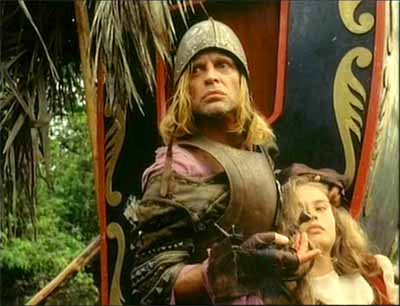
AGUIRRE, WRATH OF GOD
(1972), C, Director: Werner Herzog. With Klaus Kinski, Roy Guerra, Del Negro, and Helena Rojo. 90 min. Subtitled. Continentai, $39.95. ****
Among contemporary movies that aspire to create the resonance of myth, there are few more compelling than this 1972 masterpiece. Directed by German filmmaker Werner Herzog, the film stars Klaus Kinski in the title role. At once a 16th century Peruvian adventure story about the legend of El Dorado and a somewhat indirect parable about modern imperialism, Aguirre, Wrath of God can be regarded as one of the key influences on Francis Coppola’s 1979 Apocalypse Now. The fact that Herzog himself launched a treacherous journey through the backwaters of Peru in order to film his tale helped to popularize the notion of the director as mad Faustian conquistador. When Herzog himself attempted to surpass Aguirre a decade later with Fitzcarraldo, another insane, “historic” journey up the Amazon, the result was only a pale dilution of the original.
The film opens with a printed title that perfectly establishes the aura of legend: “After the conquest and sack of the Incan empire by Spain, the Indians invented the legend of El Dorado, a land of gold, located in the swamps of the Amazon tributaries. Read more




































